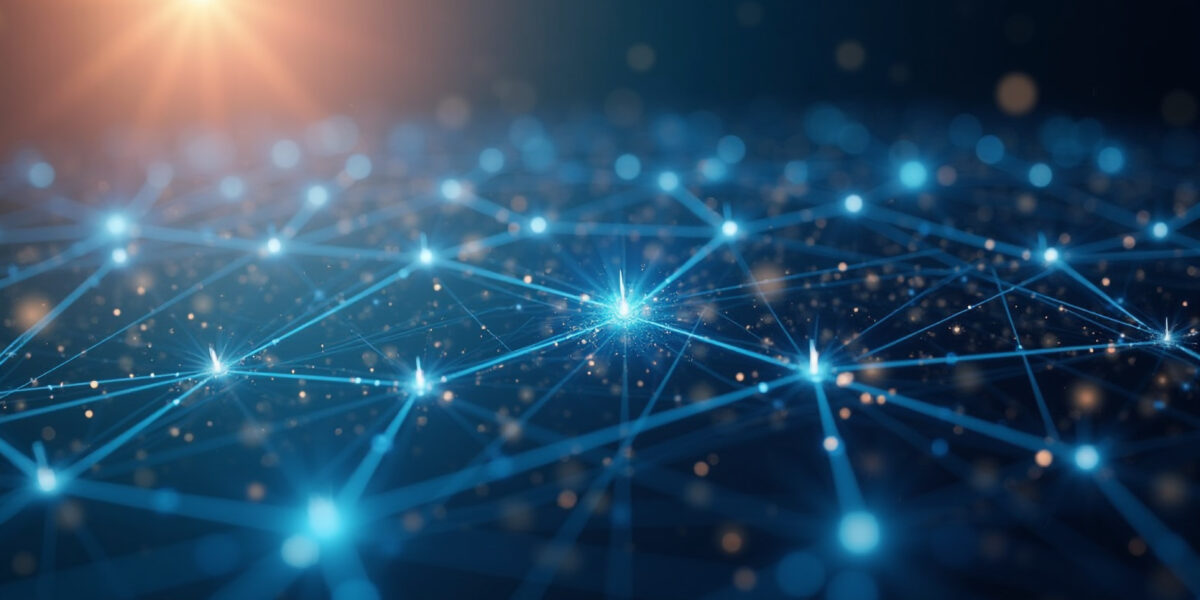Fiber Optic Internet VS Cable
In the fast-evolving world of digital connectivity, the debate over 'fiber optic internet vs cable' has garnered significant attention. As consumers demand faster, more reliable internet connections, understanding the differences and advantages of each option becomes crucial. This article aims to explore the key aspects of fiber optic internet vs cable internet, address frequently asked questions, and provide an analytical comparison to help you make an informed choice.
What is Fiber Optic Internet?
Fiber optic internet uses thin strands of glass or plastic, known as optical fibers, to transmit data via light signals. These signals travel at incredibly high speeds, offering unmatched bandwidth and low latency.
What is Cable Internet?
Cable internet, on the other hand, utilizes the same coaxial cables that deliver cable television. While it is widely available and relatively easy to install, its performance can vary based on the number of users in a given area.

Key Comparisons: Fiber Optic vs Cable Internet
Speed and Performance
- Fiber Optic Internet: Offers symmetrical upload and download speeds that can exceed 1 Gbps. This makes it ideal for activities such as gaming, streaming in 4K, and large file transfers.
- Cable Internet: Typically asymmetrical, with faster download speeds (up to 1 Gbps) but slower upload speeds. This can affect performance during activities that require high bandwidth in both directions, like video conferencing.
Reliability and Latency
- Fiber Optic Internet: Less susceptible to interference and weather conditions, ensuring a more stable connection with minimal latency.
- Cable Internet: Can be affected by electrical interference and network congestion, leading to fluctuating performance especially during peak usage times.
Availability and Cost
- Fiber Optic Internet: While its availability is growing, it is still primarily found in urban and suburban areas. Installation can be more expensive due to the need for specialized infrastructure.
- Cable Internet: More widely available, especially in rural areas. Installation costs are generally lower as it utilizes existing cable television infrastructure.
Scalability and Future-Proofing
- Fiber Optic Internet: Designed to handle significant increases in data demand, making it a future-proof technology. Its infrastructure can support technological advancements without substantial upgrades.
- Cable Internet: Limited by the capacity of coaxial cables and may require infrastructure overhauls to keep pace with future data demands.
Frequently Asked Questions
Is fiber internet better than cable?
In terms of speed, reliability, and future-proofing, fiber optic internet generally offers superior performance compared to cable internet. However, the best choice depends on your specific needs and the availability of services in your area.
How does DSL compare to cable?
DSL (Digital Subscriber Line) uses telephone lines to deliver internet service and is generally slower and less stable than cable. While DSL can be a viable option in areas lacking cable or fiber services, cable internet typically offers better performance.
What are the pros and cons of fiber optic vs cable internet?
- Fiber Optic Internet Pros: Exceptional speed, low latency, reliable, future-proof.
- Fiber Optic Internet Cons: Higher cost, limited availability.
- Cable Internet Pros: Widely available, lower installation cost.
- Cable Internet Cons: Variable performance, higher latency, less future-proof.

FAQ: Fiber Optic Internet vs. Cable Internet
What are the major differences between fiber optic and cable internet?
Fiber Optic Internet
- Medium: Uses thin strands of glass or plastic fibers to transmit data as pulses of light.
- Speed: Typically offers higher speeds, capable of up to 1 Gbps (gigabit per second) or higher.
- Bandwidth: Higher bandwidth capabilities, which means it can handle more data simultaneously.
- Latency: Generally has lower latency, making it ideal for real-time applications like gaming, video conferencing, and streaming.
- Distance: Maintains higher speeds over longer distances without significant degradation of signal.
- Installation: Typically requires new infrastructure, which can be costly and time-consuming to deploy.
Cable Internet
- Medium: Relies on coaxial copper cables to transmit data as electrical signals.
- Speed: Usually offers speeds up to 100 Mbps (megabits per second), though some providers offer plans with up to 1 Gbps.
- Bandwidth: Lower bandwidth compared to fiber optic, which can result in slower speeds during peak usage times.
- Latency: Slightly higher latency compared to fiber optic, though often sufficient for most everyday applications.
- Distance: Signal quality can degrade over longer distances, which may require amplifiers to maintain high speeds.
- Installation: Often utilizes existing cable TV infrastructure, making it relatively quicker and cheaper to install.
How does the speed of fiber optic internet compare to cable?
Fiber optic internet typically offers significantly higher speeds compared to cable internet. While both technologies can provide high-speed internet, fiber optic outperforms cable in several aspects:
- Maximum Speeds: Fiber optic can reach speeds of up to 1 Gbps or higher, while cable internet typically maxes out around 100 Mbps to 1 Gbps, depending on the plan and provider.
- Consistency: Fiber optic connections generally offer consistent speeds, even during peak usage times, whereas cable internet can experience slowdowns when multiple users are online simultaneously.
- Symmetrical Speeds: Fiber optic internet often provides symmetrical download and upload speeds, which is beneficial for activities like video conferencing and uploading large files. Cable internet usually offers higher download speeds than upload speeds.
Is fiber optic internet the future of connectivity?
Many industry experts believe that fiber optic internet is indeed the future of connectivity due to several compelling reasons:
- Scalability: Fiber optic networks can be easily upgraded to accommodate faster speeds and higher data demands, making them more future-proof.
- Technological Advancements: As technology continues to advance, the demand for higher bandwidth and faster internet speeds will likely increase, and fiber optic infrastructure is well-suited to meet these needs.
- Support for Emerging Applications: Fiber optic internet is ideal for supporting emerging technologies such as 4K/8K streaming, virtual reality (VR), augmented reality (AR), and the Internet of Things (IoT).
- Investment and Deployment: Governments and private companies are increasingly investing in fiber optic infrastructure, recognizing its potential to provide robust and reliable internet access for the long term.
Which is more reliable for connectivity: fiber optic or cable internet?
In terms of reliability, fiber optic internet generally has the edge over cable internet:
- Signal Quality: Fiber optic cables are less susceptible to interference from electromagnetic signals, weather conditions, or physical obstructions, leading to a more stable connection.
- Infrastructure: Fiber optic networks often experience fewer outages and maintenance issues compared to cable, which can be affected by aging copper lines and amplifiers.
- Longevity: Fiber optic cables are more durable and less prone to deterioration over time compared to coaxial cables.
That being said, the reliability of both types of internet connections can also be influenced by factors such as network design, provider infrastructure, and local conditions. It's important to choose a reputable Internet Service Provider (ISP) that maintains a robust network and provides responsive customer support.
The 'fiber optic internet vs cable' debate ultimately hinges on individual needs and service availability. Fiber optic internet stands out with superior speed, reliability, and scalability, positioning it as the future of digital connectivity. However, cable internet remains a practical and widely accessible option for many households.
As the digital landscape continues to evolve, staying informed about these technologies will ensure you can make the best decision for your connectivity needs. Whether you prioritize cutting-edge performance or reliable availability, understanding the strengths and limitations of 'fiber optic internet vs cable' will keep you ahead in the race for better internet.




